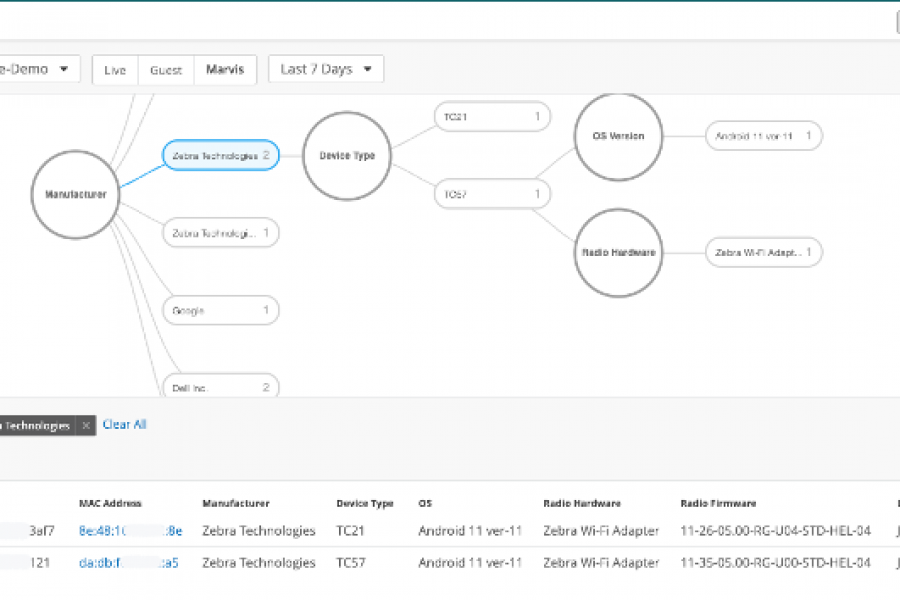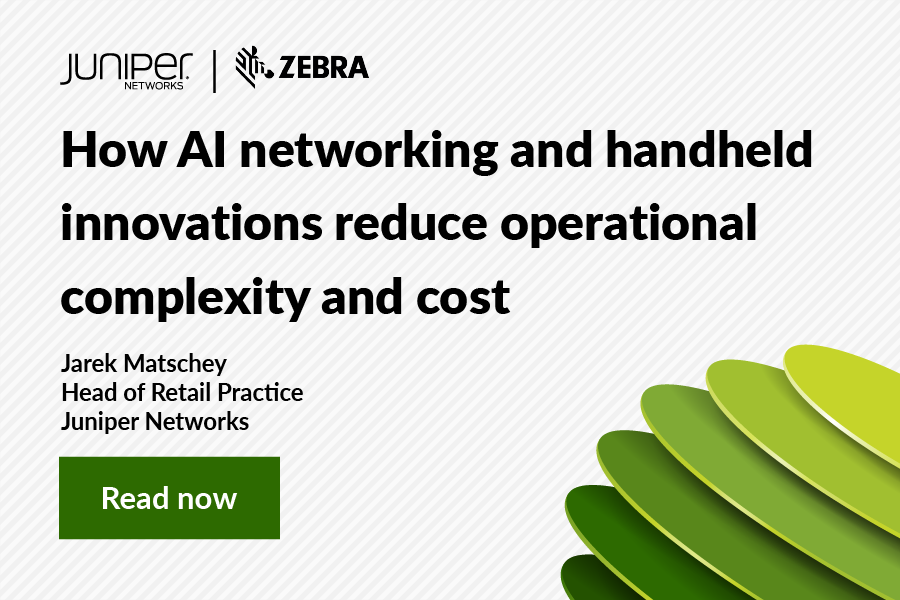In this blog post, I want to share with you the story behind Marvis, the industry’s first cloud-based artificial intelligence (AI) virtual network assistant (VNA) for network operations and troubleshooting. Marvis is the result of years of steady research, innovation, and vision, and it is changing the way networks are designed, deployed, and operated.
The journey to Mist
The journey to Mist started when Sujai Hajela and I were at Cisco. We realized there was a paradigm shift in how networks would be managed in the future. While we still need to keep access points, switches, and routers up and running, we realized that, operationally, we need to guarantee a great client-to-cloud end-to-end user experience regardless of who built the network elements.
We saw that the traditional network management tools and processes were not keeping up with the increasing complexity and dynamics of network environments, devices, and applications. We also saw that cloud APIs represent the next generation of automation in networking. We decided to leave Cisco and start Mist with a blank sheet of paper, on a mission to build a modern network platform that leverages the power of the cloud and AI to deliver amazing user experiences.
The journey to Marvis and cloud AIOps
Marvis and our cloud AIOps journey began with inspiration from Watson’s Jeopardy performance. We thought that if IBM could make a solution that could win Jeopardy, we could make a solution that could play networking Jeopardy, answer networking questions, and run networks as effectively as human IT experts. We imagined a solution that could monitor and analyze network data, understand natural language queries, give actionable insights, and automate Day 2 operating tasks. We wanted to make a solution that could simplify, speed up, and smarten network operations. We named this solution Marvis. Marvis is the first cloud-based AI engine for network operations and troubleshooting. It uses the Juniper Mist AI microservice cloud platform, which collects and processes huge amounts of real-time network data from user devices, Juniper access points, switches, routers, and third-party cloud applications. Marvis applies deep learning and natural language processing (NLP) to learn from this data and provides answers, insights, and automation for network operators.
The benefits of Marvis
Marvis is the next step in the evolution of automation in network management, moving us to the era of an automated solution that mimics the cognitive reasoning of humans. Here are some of the benefits that our customers and partners are experiencing with Mist AI and Marvis:
- Fewer support tickets: The fewer support tickets customers send the Mist support teams, the fewer the teams have to process
- Quicker Trouble Resolutions: Using Service Level Expectations (SLEs) and deep learning models, such as anomaly detection and the Zoom/Teams Large Experience Model
- Improved user experience and satisfaction: Marvis can measure and optimize the user experience for various applications and services, such as voice, video, collaboration, and cloud
- Operational efficiency: Gives IT teams more time to broaden their responsibilities and career opportunities
Marvis is not just a product, but a platform that is evolving and adapting to the changing needs of your network as we continue to ingest data from more network elements and applications to train new models. In fact, Marvis is central to the Juniper AI-Native Networking Platform that we launched earlier this year, setting the bar on what it means to use AI to improve network operations and deliver the best possible user experience. We are also integrating Marvis with other Juniper products and solutions, such as Juniper Connected Security, routing assurance, and the data center.
Training Marvis
But what did we do to make Marvis a smart and powerful AI network assistant? How did we make sure that Marvis can handle complex network problems in different domains and scenarios?
One of the keys to training Marvis was to link the data science team closely to our customer support team. For the last six years, every week, the data science and support teams meet and review the problems that Marvis couldn’t solve and the ones that data science can help with. This is a kind of reinforcement learning with human feedback. By looking at the cases where Marvis didn’t work well or needed improvement, the data science team could find the gaps in Marvis’ knowledge and skills and then work on improving its abilities and performance. The first step was to figure out why customers and support teams were directly connecting to the network devices via SSH when troubleshooting. This approach is tedious and time consuming and troubleshooting would be much more efficient and scalable if the network device data was in the cloud. For data science and Marvis to solve a network problem in the cloud, we had to send the right data to the cloud. This meant that we had to build a scalable and secure cloud architecture to store and analyze the data and use various methods such as data cleaning, feature engineering, and data compression.
The next step was to teach Marvis how to diagnose network problems using the data. We used a combination of supervised, semi-supervised and unsupervised learning methods to train Marvis on different types of pre-connect and post-connect network issues, such as Zoom video collaboration, connectivity, coverage, security, configuration, and policy. We also now use language understanding (NLU) to enable Marvis to understand user queries and respond in GenAI/LLM to give Marvis a voice. We leveraged state-of-the-art deep learning models, such as transformers and recurrent neural networks (RNNs), to enable Marvis to handle complex, dynamic network situations and predict the end-to-end user experience of video collaboration users.
The final step was empowering Marvis to take action to resolve network problems. We used reinforcement learning to train Marvis how to choose the best action for each problem based on the expected reward and cost. We also incorporated human-in-the-loop mechanisms to allow Marvis to ask for human confirmation or assistance when needed and to learn from human responses.
Similar to the self-driving car adventure, IT teams are not quite ready to hand the keys over to Marvis, but Marvis is making operating networks easier and safer with improved end-to-end client cloud user experiences.
Conclusion
The impact of AI is undeniable. From aiding medical professionals in providing more accurate diagnoses to ensuring the safety of our food and transportation, AI is subtly revolutionizing various aspects of our lives. With the Marvis VNA, you receive a comprehensive understanding of your specific network environment. This translates to a high degree of expertise and efficacy in issue resolution. Marvis empowers you to address a wider range of network challenges with increased speed and accuracy.


